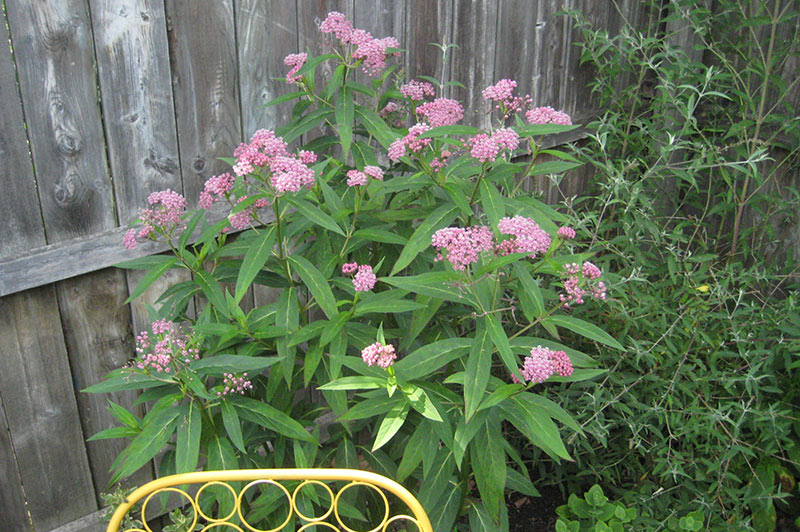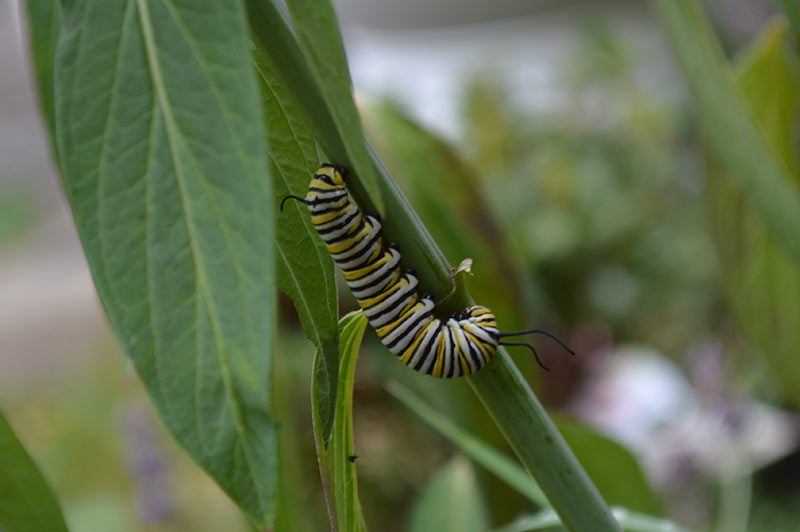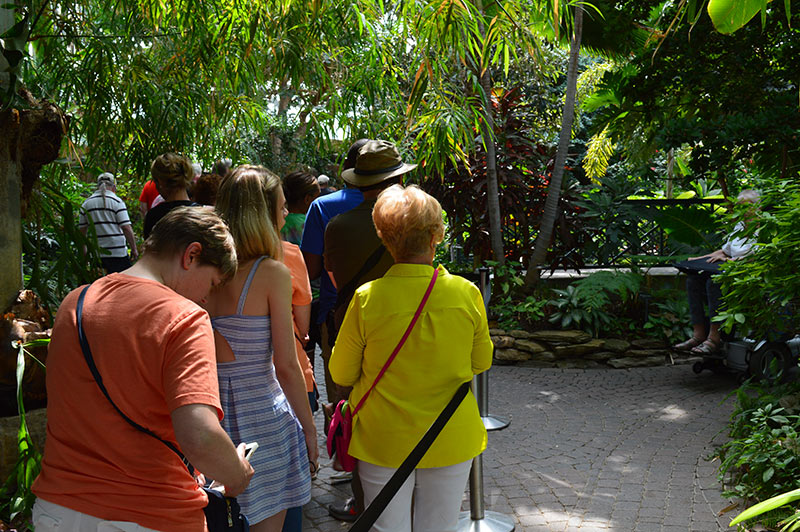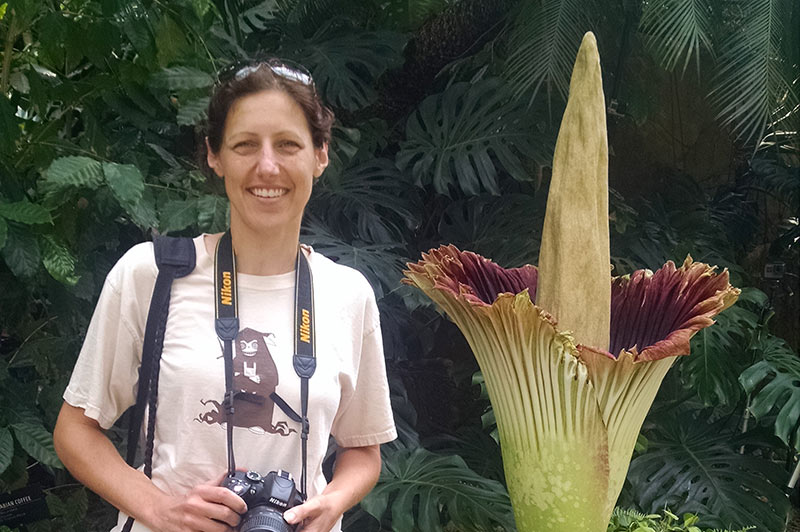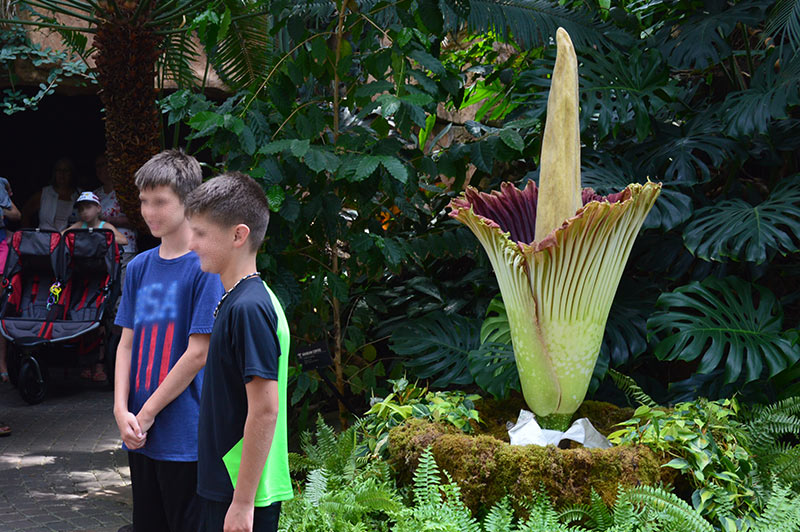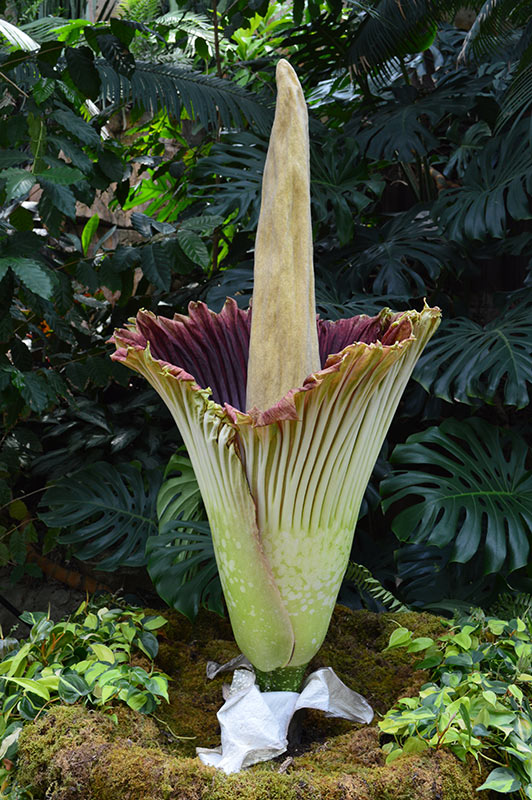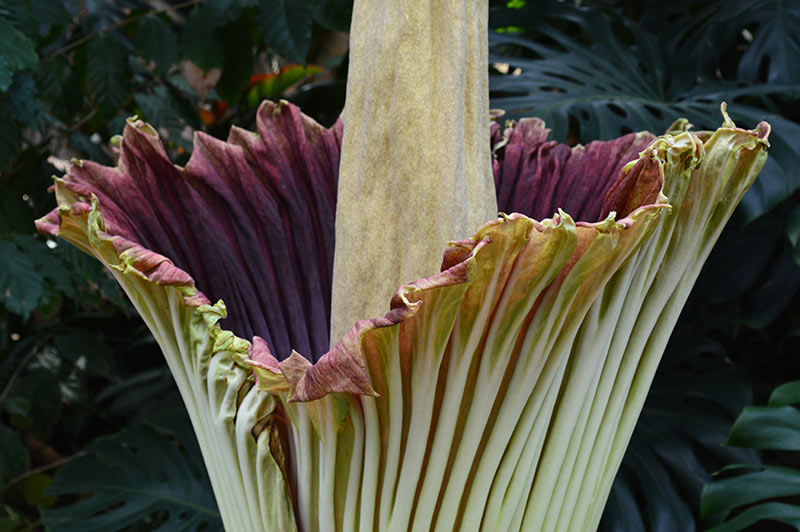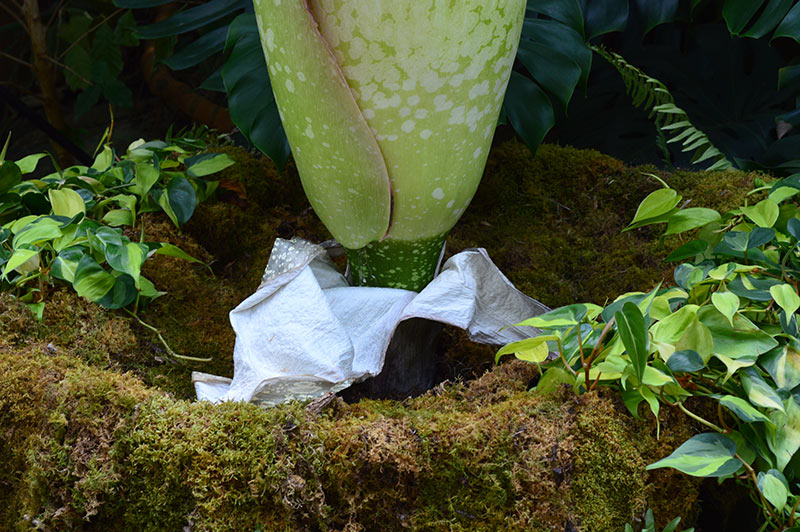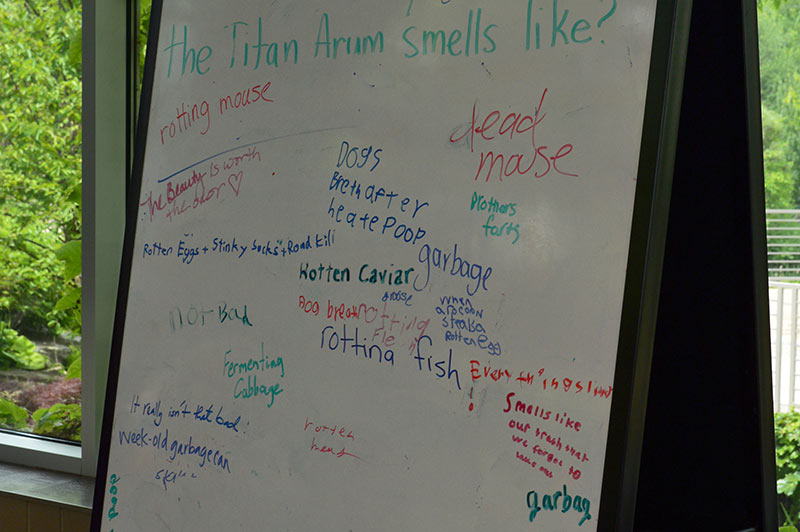This afternoon I was able to attend a screening of Five Seasons : The Gardens of Piet Oudolf by Thomas Piper. The filmmaker attempts to give us a peek into the mind and creative process of the Dutch garden designer, Piet Oudolf. We are able to watch beautiful footage of Oudolf’s designs transition over a span of seasons. Being in Zone 6a during February, this was a welcome distraction and opportunity to be inspired by a fellow gardener.
Looking for Something Different
When discussing his approach to designing a garden, Piet discusses how as a young man he was looking for something different than the traditional garden design. He was searching for a more spontaneous appearance, one that would look interesting in all seasons. For example, he describes a beautiful winter palette of browns, gray, and blonde. Having been gardening for a bit now, winter and beautiful palette aren’t usually riding on the same train of thought for me. But wow, when the light hits those stands of grasses and fading asters in the film, it’s pretty breathtaking.
I put plants on stage. And I let them perform.
– PETE OUDOLF
Overlooked Plant Elements
When selecting plants for designs, Piet Oudolf looks beyond flowers. At one point in the film he even warns against too many blooms. I feel most gardeners would have a designer’s head on a stick for those words, but I do understand. If everyone is yelling, no one is heard; right? Here are a few things I’ve been trying to pay more attention to when observing plants.
- plant structure / form
- seed heads
- changing foliage color
- movement
All of these things can add to the atmosphere created by a garden. Piet mentions throughout the film how he’s not really a botanist or a landscape designer. He wants to create environments with plants that invoke different emotions in the viewer. I feel this is why many people throughout the film refer to him as an artist using plants as a medium.
Recharging the Batteries
One of the more delightful scenes of the film caught Piet driving through the Texas to view wildflowers. I laughed when he began to exclaim and point to the highway median, covered with orange swaths because of the native blanket flower (Gaillardia). I had just had the same experience this past spring when I traveled to Austin for the 2018 Garden Bloggers Fling!
Oudolf is seen throughout the film constantly snapping photos, collecting inspiration. Thank you digital cameras! He speaks about “recharging” his creativity. Scenes from the film show him wandering through the woods and wading through prairies. I agree. Nature is one heck of a muse, isn’t she?
The Gardener’s Partner
At multiple points of the film, Piet Oudolf praises his wife Anja for her continued support. He credits her with supporting their young family while he began his career. This stood out to me because I live as one half of a pair. Partners of gardeners (who don’t also garden) could start their own support group. But when they’re supportive, it makes all the difference.
The Other Half has been a rockstar in supporting my gardening obsessions. He doesn’t care when I pull the car off the side of the road to get a photo of that plant. His teasing is playful when I take a photo 1. of the plant, and 2. of the plant with my hand in it for scale. He’s even made a game of taking pictures of me while I take pictures of plants. (For reals. We have some in every vacation photo album he’s shot.)
Public Gardens by Pete Oudolf
Pete Oudolf has a huge portfolio of gardens he’s designed over the years. The layouts I find most interesting are those set in an urban environment. Here are a few:
- The High Line in New York
- The Lurie Gardens in Chicago
- Potters Fields Park in London
- Westerkarde in Rotterdam
Coming in 2019
So, I was SUPER-geeked to find out Pete Oudolf has been asked to design a garden for Belle Isle in Detroit. That’s a day trip for me!!! Who signed up to volunteer for install? This lady. Can’t wait!
